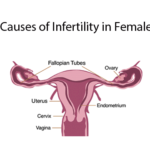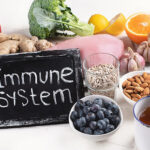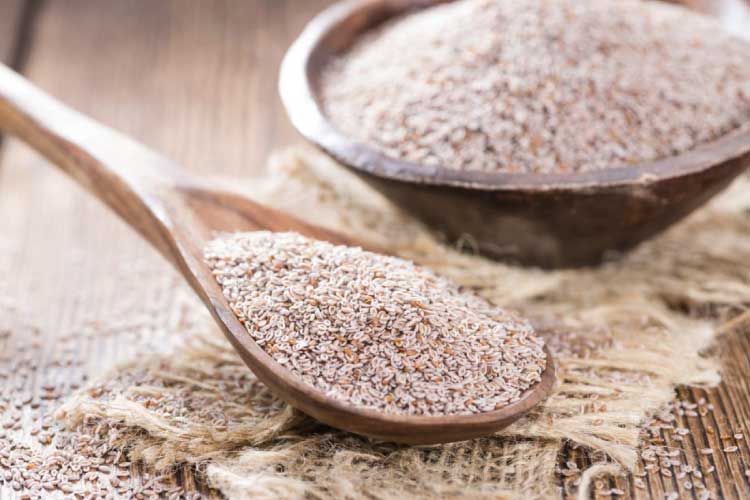Female Genital Infections You Need to Know
As one of the ailments proper of females, female genital infections affect female genital tract in its entirety and this is the reason they’re grouped under pelvic inflammatory disease (PID).
If we are to discuss the origin of genital infections, we have to take a look at three causes and mechanisms.
- The cause of this ailment (female genital infection) may be seen or found in infected injury of the genital tract: post abortion infection, puerperal lesion. Post abortion infection may be as a result of the use of IUD (intrauterine device) or tampons.
- Another origin of female genital Infections may be through the vagina and genital tract by transmission in sexual intercourse (STDs)
- The organs of the genitals may be attacked by an infection emanating from another focus in the body coming through the bloodstream. This is an actual case associated with tuberculosis.

This ailment is affecting younger women, 20% of whom are not above the age 20, 60% of whom are below the age 25. This fact is quite significant because it appears that 60% to 70% of these young women have not had children.
The bad side of this is that it may affect their ability to procreate since it brings about or causes salpingitis, oophoritis or ovaritis, pelvic cellulitis, peritonitis, parametritis and other disorders and conditions which may trigger infertility or possibility of ectopic pregnancies.
The truth remains that the most frequently encountered causal factor of female genital infection is sexual promiscuity.
See the Benefits of Mushroom Soup
Main causes of female genital Infections
Numerous germs are the main cause of these infections and they are associated with one another.
- Staphylococci, streptococci, Escherichia coli, in postpartum infections
- IUD
- After explorations or surgery
- Gonococci, spirochetes, trichomonas, mycoplasma, fungi, herpes virus and others.
One things to know is that antibiotics do not work as effectively as expected and may be as they used to work before.
Linked to this, the symptoms are kind of rather obscure and this makes the treatment difficult to apply.
Symptoms and Diagnosis
The outbreak of genital inflammation is made known by continuous pain, and sometimes stronger, especially in the lower abdomen. Sometimes, it becomes much more intense on one side.
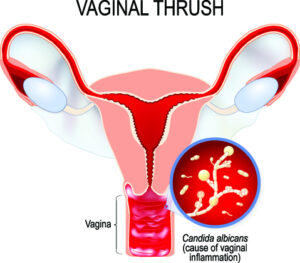
Nausea is common and frequent, often with vomiting. There is also retention of urine with bladder and rectal discomfort.
Another symptom associated with female genital Infections is that temperature rises to approximately 40c. Examination of the low abdomen and the vagina is highly painful.
Recommended is laboratory tests which help a diagnosis as there is increase in the number of leucocytosis and increase in the blood sedimentation rate.
Treatment of Female Genital Infections
The treatments involved the following:
- Medical treatment
- Vaginal Douching
- Hydrotherapy treatment
Medical Treatment
Indication regarding medical treatment of female genital infections is always on strict best linked with several antibiotic and anti-inflammatory medications.
When the cases seem severe, medical therapy and surgery do have their own place separately. In general, female genital infections in any case is advisable to maintain normal bowel function, and as it is constipation should and must be avoided.
Vaginal Douching
Adopting intravaginal irrigation or washing may be quite useful in infections of different kinds, but each method must be under medical supervision as they could trigger negative effects in any case.
Washing or douching can be carried out once or twice a day with boiled water which also may have some important medicinal plants added.
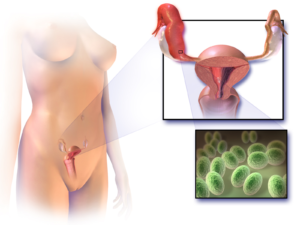
Therefore, healthful plants such as comfrey, thyme, St. John’s wort, Melissa, walnut leaves, lemon or vinegar are some of the excellent remedy known. I have made some posts regarding some the above listed plants here on my blog, follow the link as seen to see more details.
As stated above, use of infusion of concentrated mix of comfrey, plantain, thyme, St. John’s wort, Melissa have proven to be an excellent remedy for female genital infections.
Vinegar or diluted lemon without any chemical additives is recommended in vaginal washing.
Other recommendations are:
Oral phytotherapy (which is medicinal plants treatment) does not proffer better results.
Moderate exercise is recommended as it helps to strengthen the pelvic muscles and brings about stimulation of blood circulation in that area.
Hydrotherapy
This method is helpful in treating female genital infections because it helps to stimulate circulation and facilitates the self-cleansing of the body.
Therefore, cold compresses, T-shaped bandages, jets and baths may be used and the most effective and practical is the cold sitz baths. After hydrotherapy session, ensure to dry yourself carefully as humidity encourages and also triggers the proliferation of several germs, especially fungi.
You may like: Isabgol Husk Health Benefits
Prevention of Genital Infections
In this type of situation, it is important and wise to prevent female genital infections. This is the reason with STDs, change of habit is necessary: adequate and hygienic help with deliveries and abortions, and also best use of contraceptive methods, particularly spermicides, IUD as well condoms.
Therefore:
- No vaginal deodorants must be used and frequent foam bath must be avoided
- It is best to wash the vulva with the hand instead of sponges or towels.
- Excessive vaginal washing may lead to the destruction of the vaginal bacteria flora.
- Always clean from the front towards the back to avoid spreading any germs from the anus to the vagina
- Do not use alkaline soaps, only acid soaps are recommended.
- Dampness must be avoided in the external genital area.
Source: Encyclopedia of Health and Education for the family
Health Benefits of Blueberries
Anxiety and an Anxiety disorder

A graduate of Computer Science and Information Management Technology. Diploma – Caregiving, Certificates – Dementia and Diabetes Awareness and Management. A researcher, blogger, songwriter, singer and acoustic guitarist. Born in an environment where natural talents such as healing are imparted at our natural birth. This natural talents of healing is the result of our genetic inheritance and the training from family environment.






